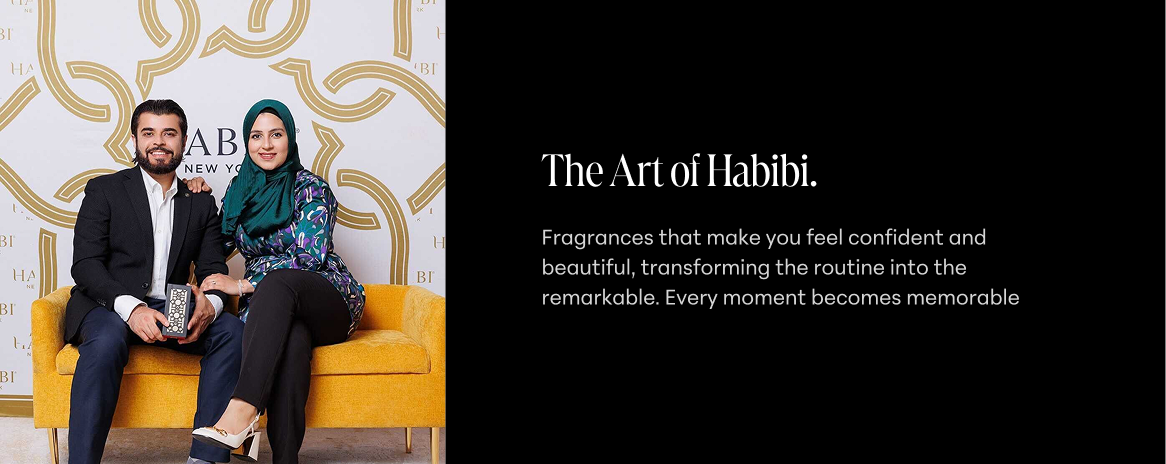The idea of a “romantic fragrance” is so prevalent among perfume wearers. They often want to know which fragrance will help them appeal to a loved one or a love interest.
While there’s no single eau de parfum or cologne which will be enjoyable to everyone, humans have been using fragrance with romantic intentions for eons. Consider that a terracotta distilling device from 3000 BCE was found in India and had traces of aromatic plant materials left in it.
But throughout time, three fragrance materials show up again and again for their sensual, romantic properties: rose, jasmine, and musk.
Rose
The combination of light, green petal notes and deeper, honeyed “redness” is at the heart of what makes rose’s scent so sultry and romantic.
This 35 million-year-old flower was first used in perfumery likely in the Middle East’s Roman period but has long been a symbol of romantic feelings apart from perfumery.
Roman Emperor Nero had pipes installed which would fling rosewater onto guests.
Egyptian legend says Cleopatra welcomed Mark Antony to her bed with a layer of their blooms covering the floor and sheets.
Most of the Rose oil used in perfumery comes from Bulgaria, but there are multiple varieties used which each bring a different profile. Some are deep and jammy, like Bulgarian; others are spicy, like Turkish.
Rose Otto, one of the most expensive varietals, requires 250 pounds of petals to distill only a single ounce of oil.
Our Rose Amor was inspired by the Jardines de la Rosaleda, a magnificent Rose Garden in Madrid. For a more masculine take on rose, check out our romantic rose fragrance, Sahara Rose.
Jasmine
While we associate roses with a number of innocent expressions of admiration, jasmine is far more carnal.
Perhaps that sultriness is explained by the presence of indole, a naturally-occurring aroma chemical which smells almost fecal and mothball-like. Without it, jasmine wouldn’t smell as dark and mysterious as is. Indole adds a sense of breathy “humanness” to the flower, which might explain why it is in about 80% of fragrances targeted to women and at least 30% of fragrances marketed to men.
Jasmine was first used to add fragrant depth to teas and decorate religious festivals in India.
According to Garden Guides, “the emperors of China's Sung Dynasty (960 to 1279 A.D.) found the fragrance of jasmine immensely enjoyable. In the 1400s, the kings of Afghanistan, Nepal and Persia ordered jasmine planted around their residences.”
Its prevalence stretches across the East to the Middle East, where in Pakistan, jasmine – or “Chameli” – is the national flower.
Our Jasmine Oud pays homage to jasmine’s lightly musky side, mixing warm spices, fresh greens, and a leathery oud accord on an exotic journey of the senses.
Musk
The musk family of scents are quite infamous, yet hard to describe. There are the animalic, sweaty, skin-like ones, but there are also many modern musks which, though incredibly subtle, find their way into almost every contemporary fragrance.
Musks are generally some of the longest-lasting perfume materials on their own. But they also act as a kind of blanket, tucking in the other materials and keeping them on the skin a little longer.
Originally obtained from the gland of a musk deer (and now harmlessly recreated by aroma chemists), the use of musks dates back to the 6th century when it was brought to Greece from India, and eventually gained popularity in the Byzantine Empire and the spice trade.
According to Perfume Society, “it’s said that if you added drops of natural musk oil to a handkerchief, you’d still be able to smell it 40 years later.”
While some musks smell incredibly potent and even unpleasant when undiluted, it’s easy to see how adding something as raw, complex, and natural-smelling would work its way into so many creations we deem “sexy.”
Earthy carrot seed, dark spices, and peppery papyrus blend into a musky base in our latest fragrance, Urban Oud.
Complimentary fragrances are romantic
Fragrance loves who have partners can definitely enjoy scent together, even if the other person is wearing something different. Of course, fragrances which contain the above three materials are most likely to be associated with intimacy and romance, but there are many note combinations one can make which harmonize particularly well.
Some of the best romantic fragrances will contain these note combinations:
- Oud and jasmine – this intense combination is inherently musky, sensual, and exotic
- Rose and jasmine – surprisingly, this combination is often delivered in a way which is even darker and more mysterious than the above combination, especially if the rose is particularly deep and jammy
- Leather and herbal notes – you wouldn’t necessarily think it would work, but this combination just screams masculinity and a sense of ruggedness. To the right person, that’s very romantic
- Boozy or dried fruit notes and patchouli – the earthy, “dirty” parts of patchouli are smoothed over by sumptuous, sweet fruit or boozy notes, making the combination very alluring and balanced
Ultimately, the best romantic fragrance is one that makes you feel confident and which your partner enjoys as well. But even if you don’t like rose, jasmine, or musky notes, we hope they were interesting to learn about.

